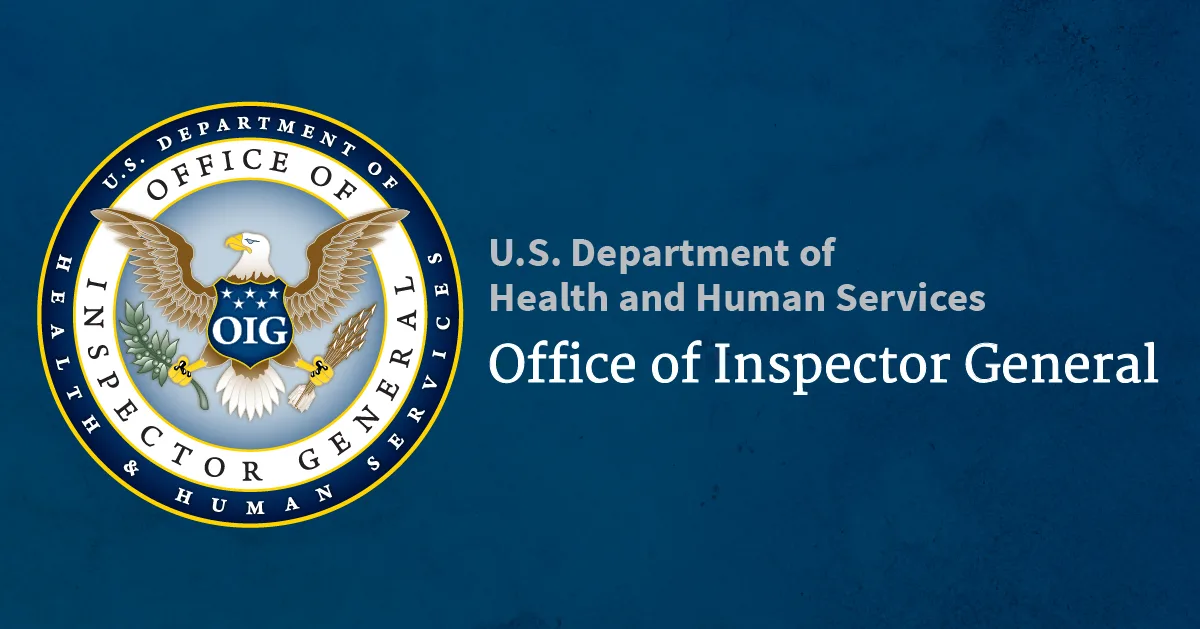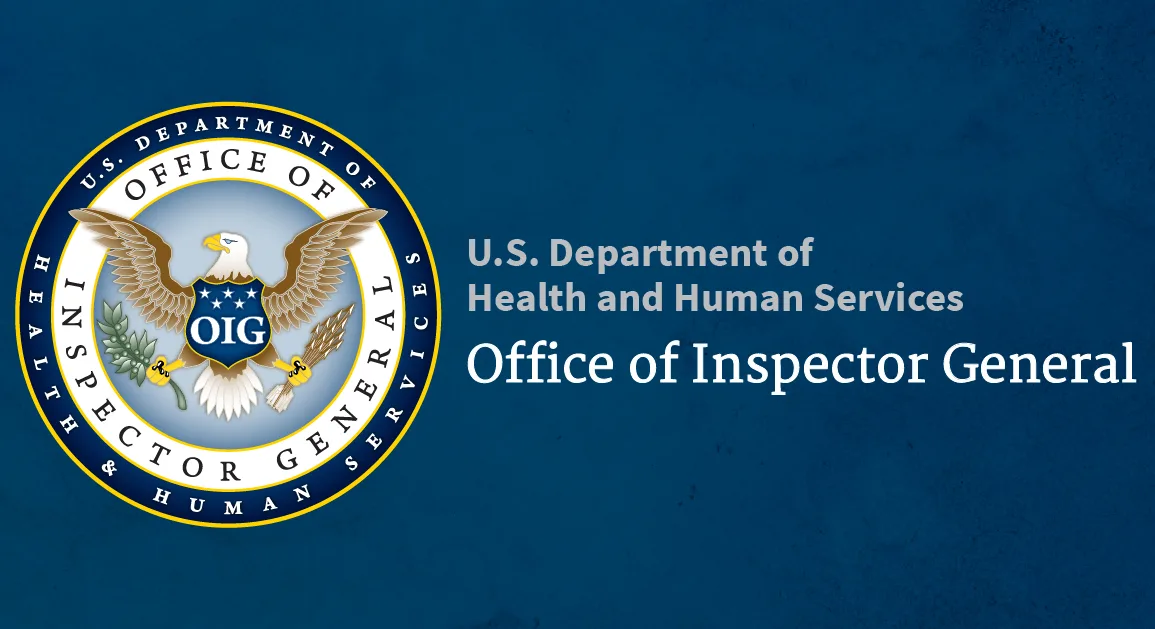
KEY RESULTS
Communities with greater concentrations of Hispanic/Latino residents were generally associated with less 2020 COVID-19 targeted provider relief funding for hospitals than communities with lower concentrations. This funding disparity raises concerns because Hispanic/Latino Americans have been more likely to be hospitalized or die from COVID-19 than non-Hispanic White Americans.
On the other hand, high concentrations of Non-Hispanic Black residents were sometimes associated with more funding, and funding levels were not found to be associated with poverty.
WHY WE DID THIS STUDY
The COVID-19 pandemic highlighted longstanding inequities, like disparities in funding levels for health care providers by locations and populations served, as well as inequitable access to quality health care. From the beginning of the pandemic, reports indicated that people of color (e.g., Hispanic/Latino and Black Americans) and people from economically disadvantaged communities were at greater risk of COVID-19 exposure, illness, hospitalization, and death than members of predominantly Non-Hispanic White communities. In addition, the Centers for Disease Control and Prevention (CDC) considers Hispanic/Latino ethnicity and Black race to be associated with social vulnerability, along with external stressors such as poverty and poor housing conditions. This means that communities with greater concentrations of Hispanic/Latino residents, greater concentrations of Black residents, and/or higher rates of people experiencing poverty may be at a greater risk of experiencing long-term financial hardship due to disease outbreaks.
In April 2020, the U.S. Department of Health and Human Services (HHS) began distributing Provider Relief Fund (PRF) payments through the Health Resources and Services Administration (HRSA) to support health care providers, including hospitals, on the front line of the pandemic response. To respond to the urgent need for health care funding, Congress required HHS to make PRF payments using the most efficient payment systems practicable. HHS had to make decisions quickly about how to allocate money in accordance with statutory criteria associated with the funds.
HHS has placed a priority on promoting health equity and reducing health disparities during the COVID-19 pandemic, including in the distribution of resources. While the PRF was not designed with the goal of addressing health disparities, understanding how early PRF Targeted Distributions (Targeted PRF) correlated with racial, ethnic, and economic characteristics of the communities providers serve can help to inform decisions for future public health funding and the opportunities they present to advance the health equity goals of HHS.
HOW WE DID THIS STUDY
To analyze hospital funding according to populations served, we took allocations to hospitals from the Targeted PRF in 2020 and translated them into estimated “PRF per person” amounts for each U.S. census tract (in this report, we also refer to census tracts as “communities”). To do so, we used Medicare data about the census tracts served by each hospital, and assigned each hospital’s funding allocations to those census tracts proportionately. We then determined whether there were statistically significant correlations between PRF per person and the racial, ethnic, and economic composition of the census tracts. To account for other community characteristics that could help explain differences in PRF per person, we analyzed rural and nonrural census tracts separately. We conducted this analysis for the approximately $44 billion in Targeted PRF allocated to hospitals in 2020 through the four allotments designated for 1) COVID-19 High Impact Area Hospitals, 2) Safety Net Hospitals, 3) Rural Hospitals, and 4) Indian Health Service and Tribal Hospitals.
WHAT WE FOUND
Our analysis identified some differences in PRF per person across census tracts with respect to the race and ethnicity of their residents, but not with respect to poverty rates. Specifically, when we analyzed all four Targeted PRF allotments combined, we found that communities with greater concentrations of Hispanic/Latino residents were associated with less PRF per person than communities with smaller concentrations of Hispanic/Latino residents. In nonrural areas, communities with greater concentrations of Non-Hispanic Black residents were associated with more PRF per person than communities with smaller concentrations of Non-Hispanic Black residents, but this pattern did not occur in rural areas. We did not find a meaningful association between PRF per person and the proportion of residents experiencing poverty in the community.
When we analyzed the four Targeted PRF allotments individually, we found the most notable trends in the allotment targeted to rural hospitals (about $9.7 billion): Communities with greater concentrations of Hispanic/Latino residents or Non-Hispanic Black residents were associated with less PRF per person than communities with smaller concentrations of Hispanic/Latino Residents or Non-Hispanic Black residents.
WHAT WE CONCLUDE
Differences in hospital funding with respect to the characteristics of the populations hospitals serve—including race and ethnicity—could potentially exacerbate pre-existing disparities in health outcomes. If hospitals that serve populations experiencing disparate health outcomes are under-resourced, those populations may be left with less access to high-quality care, which could widen gaps in health outcomes.
Health care funding is an important tool that can help HHS contribute to goals of reducing health disparities, both in the context of COVID-19 and more broadly. We hope that this analysis is useful to HHS in planning for future emergency funding scenarios and identifying opportunities to support these goals, to the extent permitted by law.


